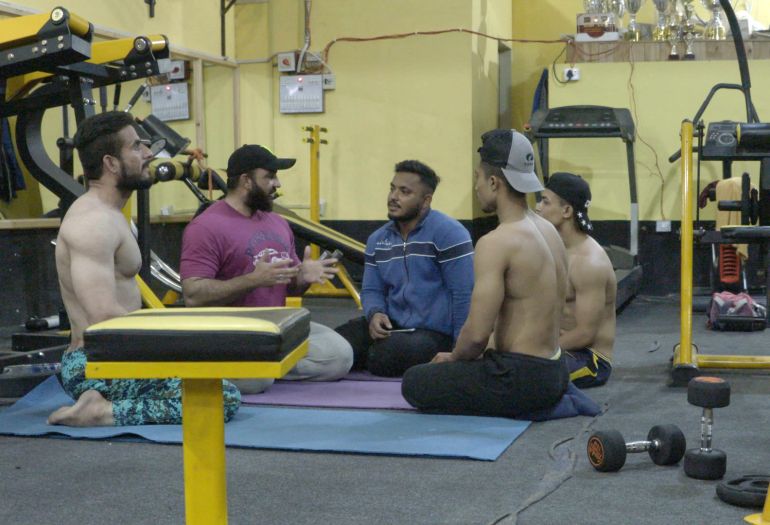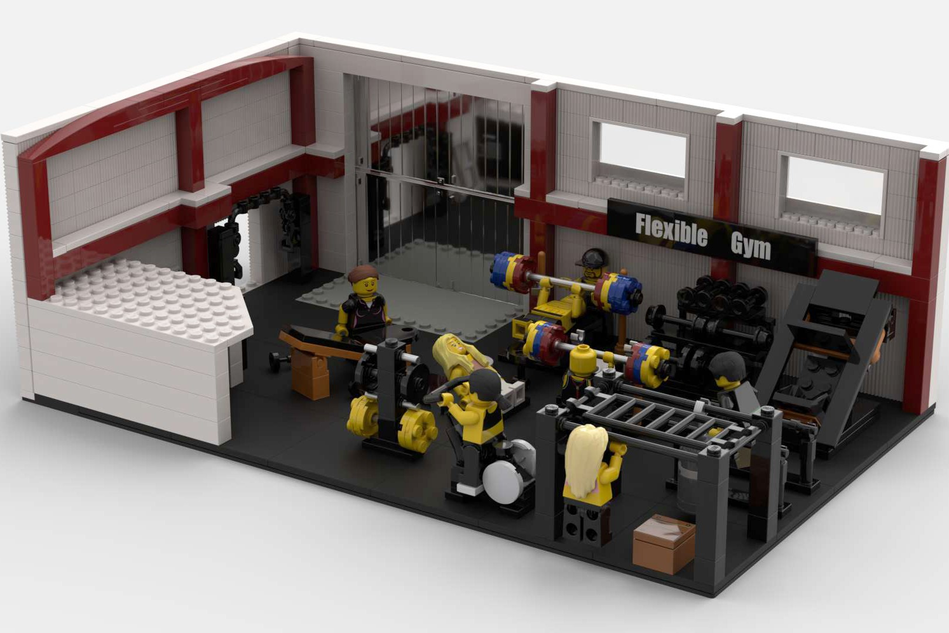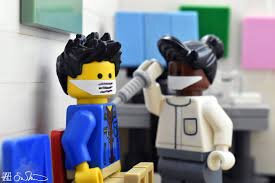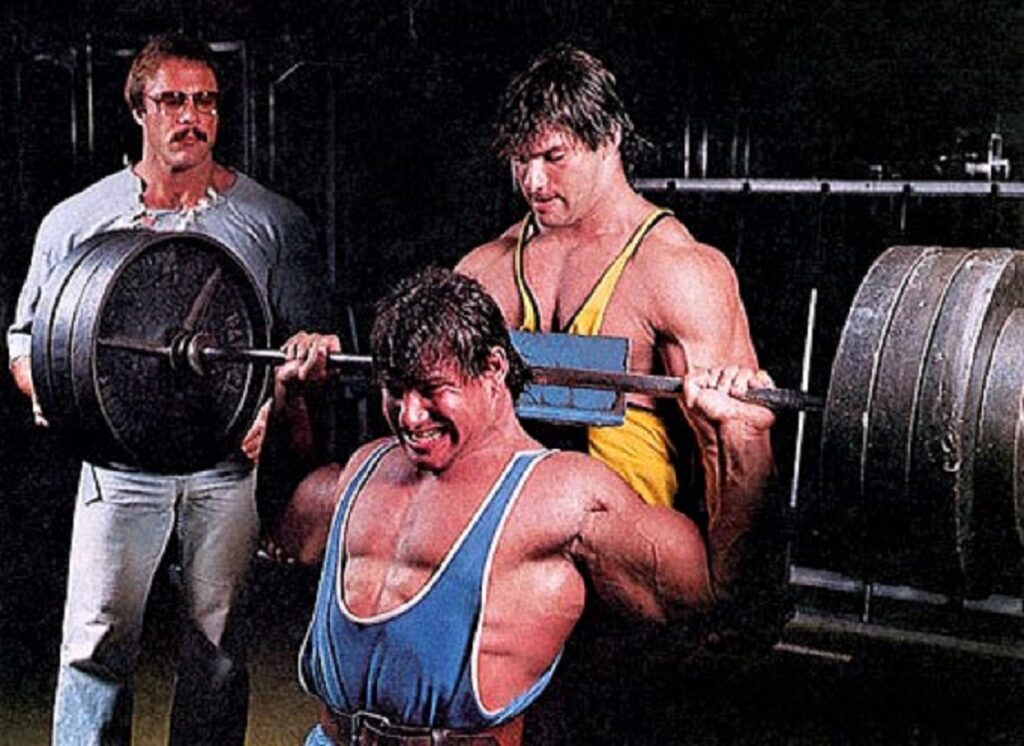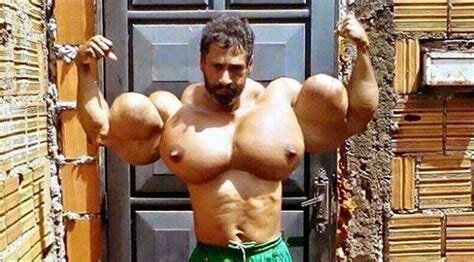- Joined
- Jan 17, 2010
- Messages
- 4,522
- Reaction score
- 5,488
For more than two years, journalist Saad Zuberi explored a sporting community that exists largely in the shadows and found young men whose dreams of escaping poverty and finding fame had led them into drug abuse and sexual exploitation.

Karachi, Pakistan – In a small room in his modest family home, Asad Naqib Khan threads a sewing machine needle.
As the rhythmic hum of the machine fills the air, the tailor’s gaze occasionally drifts over to the screen of his mobile phone in the hand of his oldest child. The father and son are watching bodybuilding videos on YouTube.
Twenty-eight-year-old Asad is a father of five children aged 10 and younger. He is not just a tailor struggling to make ends meet — he is also an aspiring bodybuilder.
“For as long as I can remember, I have wanted to become a bodybuilder,” he explains while hemming a shirt that morning in early 2022. “I used to watch older guys in my neighbourhood go to the gym and spend time building their strength and muscles.” As a teenager, he fantasised about doing the same. “Once, I went to watch a bodybuilding competition and wanted to become just like the men I saw on the stage,” he recalls.
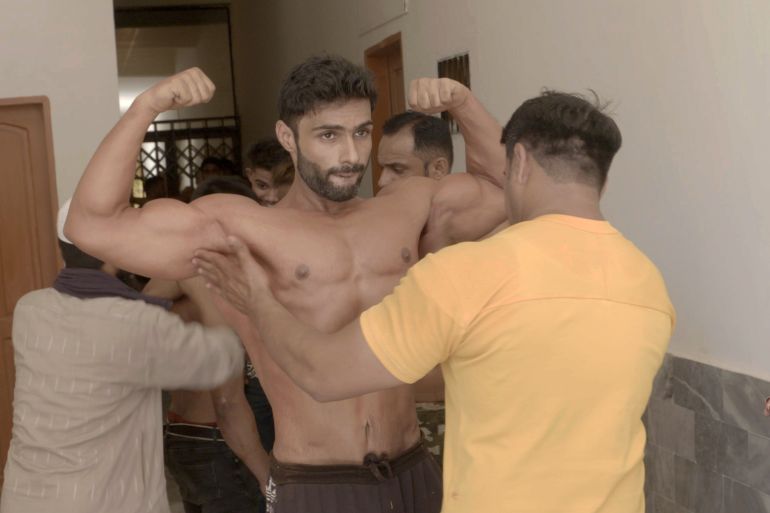
A bodybuilder gets tanning lotion applied on competition day to appear more muscular [Saad Zuberi/Al Jazeera]
Asad grew up with eight siblings and remembers how his father, a daily wage labourer, would struggle to find regular work to support his family. As the eldest son, Asad felt compelled to share his father’s financial responsibilities as soon as he became a teenager. Leaving middle school meant he had limited options, but instead of opting to become a labourer like most men from his neighbourhood, he decided to apprentice with a tailor. When he was 18, he branched out on his own. Over the years, however, he yearned for the one thing he believed would bring purpose and happiness to his life – to become a professional bodybuilder. “One of my biggest dreams is to make Pakistan proud by competing internationally and winning for the country,” he explains.
But it wasn’t until 2019, when he met Zahir Shah, a former bodybuilding champion in his 40s who owns a gym in a busy Karachi neighbourhood, that Asad began on this path.
Asad finishes sewing the shirt and hands it to his son to fold. He says that his children, particularly the two boys, take delight in watching his workout videos. “They urge me to work out harder so I win first place. God willing, I will make them proud.”
He envisions introducing his sons to bodybuilding, and also has aspirations to open his own gym, like Zahir, which his boys can one day help him run “so I don’t have to work as a tailor any more.”
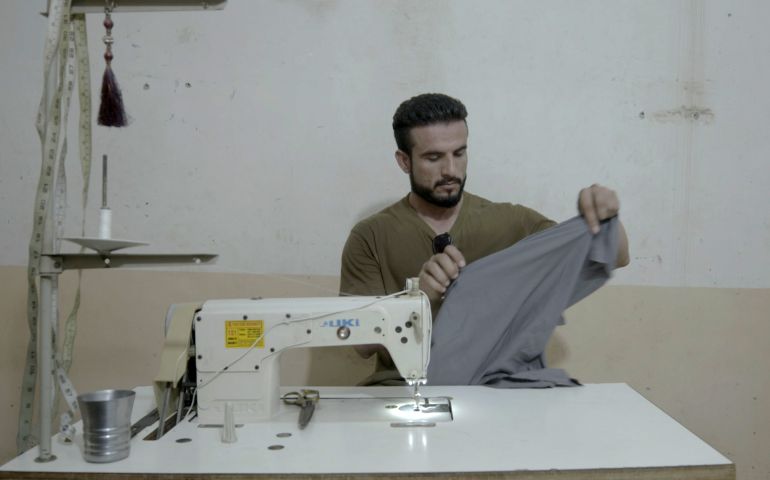
Asad Naqib Khan, 28, works as a tailor by day to support his family and his bodybuilding ambitions [Saad Zuberi/Al Jazeera]
With no state funding, national structure, or regulation, the sport thrives in the shadows, haphazardly managed by about a dozen independent federations scattered across the country.
The growing global interest in fitness and bodybuilding culture has fuelled local interest in the sport with a surge in Pakistanis flocking to their local neighbourhood gyms.
Young men train tirelessly to showcase their physiques for competition judging panels through a series of poses to highlight muscle definition, size and symmetry.
Since Pakistan’s first championship was held in 1952, bodybuilding has remained largely a working-class pursuit – it is often referred to as a “poor man’s sport” within the community – and confined to small-scale regional and national competitions. But the sport has undergone a profound transformation in recent years owing to international exposure through social media, gaining wider attention and affording its star bodybuilders unprecedented opportunities. The prospect of participating in international championships, fame, cash prizes, travel, and potential modelling contracts has attracted thousands of men from Karachi to Peshawar and beyond. Aspiring bodybuilders with limited means spend their evenings after school or work fervently lifting weights beneath the glare of fluorescent gym lights and their coaches’ watchful eyes.

Many see bodybuilding as the first step out of poverty and dead-end jobs. Some are drawn to the allure of social media stardom as they post photos of their chiselled bodies online, while others dream of breaking into the modelling industry. Through interviews with bodybuilders and other industry insiders over reporting carried out between September 2021 and January 2024, we learn how men navigating the intersection of bodybuilding and modelling are exposed to worlds that both celebrate, and exploit, physical appearance.

Bro-kemon figures
“Having big muscles has become a status of attractiveness because of what we see in movies from Hollywood and Bollywood … and these young boys also want to look like that,” he explains. “For most of these boys, looking good is far more important than just being healthy.”
For many, it is a costly pursuit.
“Building a body that stands out costs more than most of these men earn,” Zahir explains.
The average monthly salary in Pakistan in 2023 was 81,925 rupees ($291) and most men entering the sport – either new graduates or unskilled workers – make significantly less. Balancing the responsibility of supporting their families amid Pakistan’s economic crisis with the financial demands of bodybuilding such as gym memberships, specialised diets, protein supplements, and professional coaching, is a huge challenge. Many bodybuilders end up borrowing money from friends or family, or taking out loans. Some become completely dependent on their coaches for support.

Karachi, Pakistan – In a small room in his modest family home, Asad Naqib Khan threads a sewing machine needle.
As the rhythmic hum of the machine fills the air, the tailor’s gaze occasionally drifts over to the screen of his mobile phone in the hand of his oldest child. The father and son are watching bodybuilding videos on YouTube.
Twenty-eight-year-old Asad is a father of five children aged 10 and younger. He is not just a tailor struggling to make ends meet — he is also an aspiring bodybuilder.
“For as long as I can remember, I have wanted to become a bodybuilder,” he explains while hemming a shirt that morning in early 2022. “I used to watch older guys in my neighbourhood go to the gym and spend time building their strength and muscles.” As a teenager, he fantasised about doing the same. “Once, I went to watch a bodybuilding competition and wanted to become just like the men I saw on the stage,” he recalls.

A bodybuilder gets tanning lotion applied on competition day to appear more muscular [Saad Zuberi/Al Jazeera]
Asad grew up with eight siblings and remembers how his father, a daily wage labourer, would struggle to find regular work to support his family. As the eldest son, Asad felt compelled to share his father’s financial responsibilities as soon as he became a teenager. Leaving middle school meant he had limited options, but instead of opting to become a labourer like most men from his neighbourhood, he decided to apprentice with a tailor. When he was 18, he branched out on his own. Over the years, however, he yearned for the one thing he believed would bring purpose and happiness to his life – to become a professional bodybuilder. “One of my biggest dreams is to make Pakistan proud by competing internationally and winning for the country,” he explains.
But it wasn’t until 2019, when he met Zahir Shah, a former bodybuilding champion in his 40s who owns a gym in a busy Karachi neighbourhood, that Asad began on this path.
Asad finishes sewing the shirt and hands it to his son to fold. He says that his children, particularly the two boys, take delight in watching his workout videos. “They urge me to work out harder so I win first place. God willing, I will make them proud.”
He envisions introducing his sons to bodybuilding, and also has aspirations to open his own gym, like Zahir, which his boys can one day help him run “so I don’t have to work as a tailor any more.”

Asad Naqib Khan, 28, works as a tailor by day to support his family and his bodybuilding ambitions [Saad Zuberi/Al Jazeera]
A hidden world
The world of Pakistani bodybuilding is one that few outsiders ever get to see.With no state funding, national structure, or regulation, the sport thrives in the shadows, haphazardly managed by about a dozen independent federations scattered across the country.
The growing global interest in fitness and bodybuilding culture has fuelled local interest in the sport with a surge in Pakistanis flocking to their local neighbourhood gyms.
Young men train tirelessly to showcase their physiques for competition judging panels through a series of poses to highlight muscle definition, size and symmetry.
Since Pakistan’s first championship was held in 1952, bodybuilding has remained largely a working-class pursuit – it is often referred to as a “poor man’s sport” within the community – and confined to small-scale regional and national competitions. But the sport has undergone a profound transformation in recent years owing to international exposure through social media, gaining wider attention and affording its star bodybuilders unprecedented opportunities. The prospect of participating in international championships, fame, cash prizes, travel, and potential modelling contracts has attracted thousands of men from Karachi to Peshawar and beyond. Aspiring bodybuilders with limited means spend their evenings after school or work fervently lifting weights beneath the glare of fluorescent gym lights and their coaches’ watchful eyes.

Many see bodybuilding as the first step out of poverty and dead-end jobs. Some are drawn to the allure of social media stardom as they post photos of their chiselled bodies online, while others dream of breaking into the modelling industry. Through interviews with bodybuilders and other industry insiders over reporting carried out between September 2021 and January 2024, we learn how men navigating the intersection of bodybuilding and modelling are exposed to worlds that both celebrate, and exploit, physical appearance.
The cost of bodybuilding
It is almost midnight, and the abandoned streets of a quiet residential colony lined with weathered concrete homes are lit with the dim glow of flickering streetlights. On the second floor of a small building, the lights of Zahir’s gym still burn brightly. Despite the late hour, the gym is packed and buzzing with energy, and old Bollywood songs blare from the speakers at each end of the stuffy room. Asad, and about two dozen other young men, are busy lifting weights. Their dedication to their training, according to Zahir, is often driven by the urge to conform to the archetypical male beauty standard set by global celebrities and influencers.
Bro-kemon figures
“Having big muscles has become a status of attractiveness because of what we see in movies from Hollywood and Bollywood … and these young boys also want to look like that,” he explains. “For most of these boys, looking good is far more important than just being healthy.”
For many, it is a costly pursuit.
“Building a body that stands out costs more than most of these men earn,” Zahir explains.
The average monthly salary in Pakistan in 2023 was 81,925 rupees ($291) and most men entering the sport – either new graduates or unskilled workers – make significantly less. Balancing the responsibility of supporting their families amid Pakistan’s economic crisis with the financial demands of bodybuilding such as gym memberships, specialised diets, protein supplements, and professional coaching, is a huge challenge. Many bodybuilders end up borrowing money from friends or family, or taking out loans. Some become completely dependent on their coaches for support.


